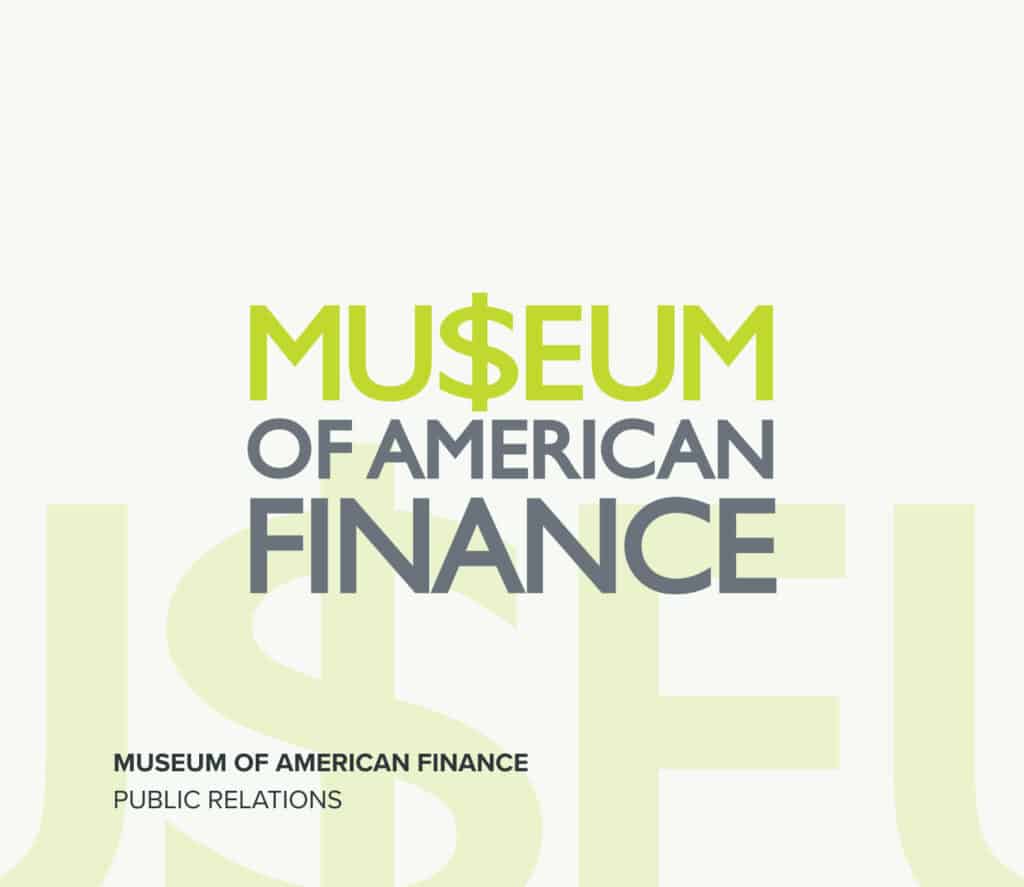Previously published on November 11, 2022 in
By Milton Ezrati, Chief Economist at Vested
Financial fears have grown as interest rates have risen and the shadow of recession has lengthened. Most worrying are what might be termed undefined risks. Declines in stock and bond market values, though troubling, are nonetheless quantifiable and well-defined.
In contrast are the kinds of vague risks introduced by Washington’s mortgage giants, the Federal National Mortgage Association (Fannie Mae) and the Federal Home Loan Mortgage Corporation (Freddie Mac)—epicenters of much of the trouble in the 2008–09 financial crisis.
These government-backed enterprises almost went bankrupt during the crisis of 2008–09. They have, in fact, operated under a federal conservatorship since. Back then, the problem was the proportion of questionable credits in the mortgages they acquired from banks and other mortgage lenders. They were subsequently packaged into bonds for sale to the investing public.
These were the so-called “subprime” mortgages that politicians encouraged lenders to extend. Because the conservatorship is doing its job and insisting on better credit quality, subprime isn’t much of a problem today. Instead, this new problem concerns the guarantees used by these giants to promote the sale of their mortgage packages.
Because people remember and fear the problems that arose in 2008–09, Fannie and Freddie have frequently attached to their bonds a promise to repay investors should the mortgages behind them fail. It’s a kind of insurance, but these arrangements aren’t subject to the usual safeguards offered by insurance protocols.
Instead, Fannie and Freddie have outsourced the default risk to private investors through “credit-risk transfers” (CRTs). In return for a fee, a sort of insurance premium, these private firms promise to pay should the mortgages default. But without normal insurance protocols, there are no assurances that these investors can pay should the mortgages fail. The CRTs are, in other words, much like the credit default swaps (CDSs) that caused so much trouble during the 2008–09 crisis.
Such risks are anything but well-defined. Much like the CDSs of 2008–09, the CRTs constitute an undefined financial risk. No one can assess whether those masking the assurances can pay, so no one can tell where failure might spread. In 2008 and 2009, vague uncertainties about who could meet their obligations stymied the trading and contracting on which finance depends. That shortfall in normal financial flows deepened the economic downturn of that time and delayed the economy’s ultimate recovery.
Some today fear the same with the CRTs—that the impending recession will go deeper than it otherwise might and last longer. The fear of defaults has prompted some who had entered CRT arrangements with Fannie and Freddie to sell out of the deal. Others have avoided them altogether. The premiums offered to cover losses have risen accordingly—and rapidly. They’re now verging on almost 10 percent of the underlying amount of the mortgage package, some 6.75 percentage points above treasuries of comparable maturity. That spread is almost twice what it was earlier in the year.
The risk, to be sure, may be overstated. Those close to the market suggest that premiums of this size implicitly anticipate a rerun of the 2008–09 crisis. But matters today are hardly as precarious as they were then. Credit qualities are far superior to what they were before that crisis, and all financial institutions are better capitalized than they were then.
Though they acknowledge the risk implicit in CRTs, Fannie and Freddie report that they involve only some $60 billion of the mortgage debt they have packaged and sold. That may seem like a large number, but it’s a contained proportion of the $4.5 trillion in mortgages that the two giants have outstanding.
Indeed, some bold investors claim that the now high premiums more than justify taking the risk and have begun actively entering the CRT market. Many others, however, are staying away, a fact to which the rise in premiums testifies.
It’s unfortunate and a little surprising that regulators have neglected this area. After the 2008—09 crisis, Washington showed such desperation to guard against a recurrence of the experience that Congress passed the massive Dodd-Frank financial reform act. It intruded into just about every aspect of finance.
It would have been easy then simply to insist that insurance-like instruments, such as CDSs and CRTs, should be governed by some version of insurance rules. But for all the flurry of activity in the aftermath of that crisis, nothing was done about these sorts of instruments. Now, even if, on balance, there is less to worry about than in 2008–09, they present the nation and its financial markets with one more risk as they fight inflation and stand on the brink of recession.


